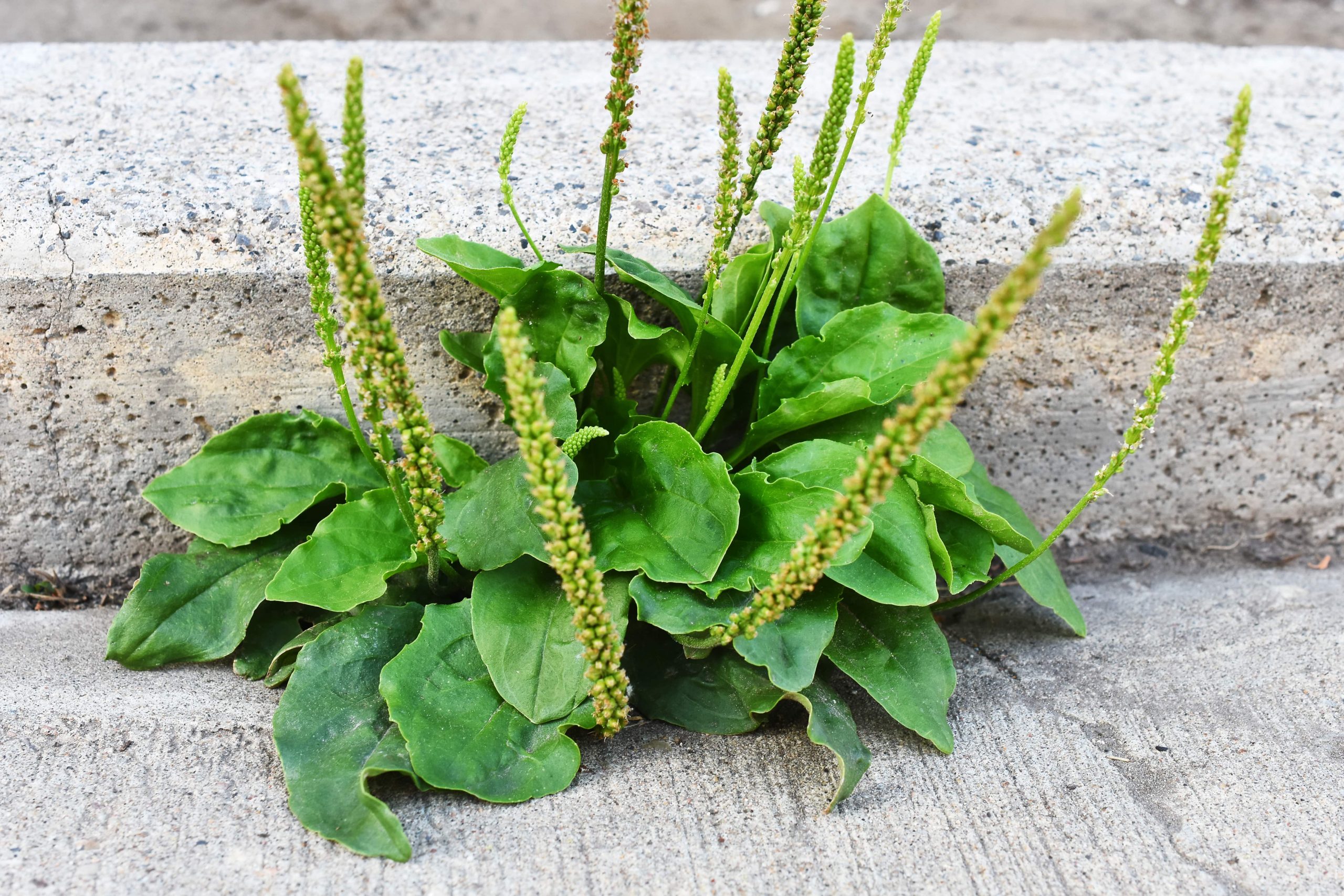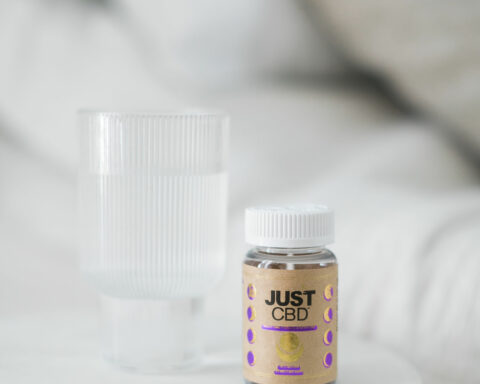Plantain weed grows anywhere. That isparking lots, playgrounds, or any ground that favors its growth. It’s edible and has been used for medicinal purposes for many years.
Whensomeone mentions plantain weed, what comes to your mind?Most individuals will focus on the latter word and assume it’s an unwanted plant. Or rather, a plant that has no benefits. You’ll be surprised to find out how much you’ll benefit from this perennial plant. So, what should you know about plantain weed?
Edible varieties of plantain weed
- Wooly plantain
- Bracted plantain
- Chinese plantain
- Narrowleafplantain
- Blackseedplantain
- Buck’s horn plantain
- Blond plantain
How does a plantain weed look like?
Consuming a plantain weed is not as crazy as it may sound.As long as it’s not exposed to herbicides or pesticides it’s safe to eat it. Once you learn how to identify plantain, you’ll realize you’ve been seeing it almost everywhere. Its leaves are oval,blunt, and somehow egg-shaped. Mature leaves are leathery, thick, and can grow up to 12 inches long. Its 3 parallel veins run along each of its leaf edges. The leaf edges are either irregularly shaped or smooth. As for its flowers, they’re small, spike-like, purplish-green, and divided into 4 calyces. Its corolla is bell-shaped andits anthers purple in color. Flowering usually occurs from May to September. The stem is thick and has strings that look like those found in celery.
What are the other names of plantain herbs?
Other popular names of this plant include Rat’s tails, waybread, travelers’ foot, cart truck plant, white man’s foot, ripple grass, snakeweed, slan-lus, rippleseedplantain, broad-leafedplantain, dooryard plantain, and wagbread.
What are the health benefits of plantain weed?
Treats insect stings and bites
Plantain weed makes an excellent remedy for stings and bites. You can apply a plantain leaf to the affected areato draw out the toxin and prevent red swelling and itchiness from developing. Some individuals prefer having a bottle of plantain spray in their first aid kit that they keep in their backpacks. Also, you can use it to spray on nettle rash and these rashes caused by poison oak will go away.
Treat irritated eyes
Plantain tea that is cooled can help to heal red, tired, or irritated eyes. Soak cotton pads in the teaand place them over closed eyes to reduce irritation.
Treating burns
Plantain is quite useful in treating burns quickly. However, serious burns should only be treated by medical professionals. It helps to prevent infections, minimize inflammation, and reduce the discomfort caused by burns. If you have mild burns which are not serious, use a plantain poultice to relieve the sore and pain, and thenplantainleaves to dress it.
Improvesdigestion
Plantain is a useful treatment for diarrhea, colitis, gastritis, and other digestive conditions because of its astringent abilities. For many years, it has been used to treat stomach, bowel, and urinary tract infections.
Cure hemorrhoids
Plantain can be used to reduce hemorrhoids and its anti-inflammatory, analgesic, and cooling effects bring soothing and pain relief. Applying a plantain poultice on external hemorrhoids will serve as a great treatment for this condition. You can also drink plantain tea to reduce symptoms of internal hemorrhoids.
Useful to overweight and obese individuals
This plant has detoxifying and diuretic properties. Also, it helps to suppressappetite and curb hunger feels to a great extent. All you have to do is ingest about 3 grams of plantain herb with some water an hour before a meal and wait to see your weight melt away.
Treating a mouth ulcer
You can take lukewarm plantain tea as a mouthwash to cure mouth ulcers. Also, you can chew a plantain leaf and as its juice moves in the affected area of the mouth, your condition will be treated. Bleeding gums can also be treated by plantain tea mouthwash. Its hemostatic properties inhibit bleeding while its anti-inflammatory powers reduceswelling.
Gives relief from colds and coughs
Anti-inflammatory, pain-relieving, and cooling properties make it a great option for sore throats. It’llalso minimizesecretion of mucus in your body, particularly in the respiratory system. For great results, drink one cup of plantain tea in the morning and another one in the evening.
Treat constipation
Chewingplantain leaves or drinking its tea provides great relief from constipation. Plantain has laxative characteristics and its leaves have high amounts of fiber which will improve bowel movements. Consider drinking this tea if you’re experiencing constipation.
What are the Ayurvedicuses of plantain plants?
- Helps with Asthma
- Helps with Gall bladder
- Treats Sunburns
- Treat Urinary problems
- Treat pneumonia
- Treat Boils and acne
- Improve kidney and liver function
- Relieve gastrointestinal inflammation
- Treat Respiratory infections
What are the culinary applications of plantain?
- Young and tender plantain leaves make a great green salad
- Old leaves can be boiled and added to stews
- Small plantain seeds can be grounded and used as flour
- Boiled whole seeds are used as sago
- Certain countries use young plantain leaves as a substitute for vegetables like spinach
- Dried leaves make a good hot tea
What’s the dosage and administration of plantain?
The acceptable dosage depends on how you’llconsumeyour plantain. If consumed as a tea, take 1 to 3 grams of fresh or dried leaves, boil in hot water for about 15 minutes, and consume it. The right dosage is three cups a day. If applied to the skin, you’ll swab its fresh leaves on the affected area a few times a day to cure minorinjuries, insectstings and bites, and dermatitis. When used as a tincture, 2-3ml thrice a day is the acceptable daily dosage.
What should you know before using plantain?
- It may cause allergic reactions
- Extreme doses dropblood pressure and can also cause diarrhea
- Not safe for individuals with intestinal issues or abdominal discomfort
- Avoid using plantain internally if you have blood disorders or blood clot difficulties
Conclusion
Plantain is aherbaceous perennial plant. It’s usually found in open habitats and commonly grows in grasslands, field edges, and disturbed roadsides. Its size is 12 cm in height and is highly available between May and September seasons. Its flavor is earthy and somewhat grassy. The taste of its leaves is saline and bitterish while that of its roots is saline andsweetish. You can use it for medicinal purposes or as an ingredient in your meals.







